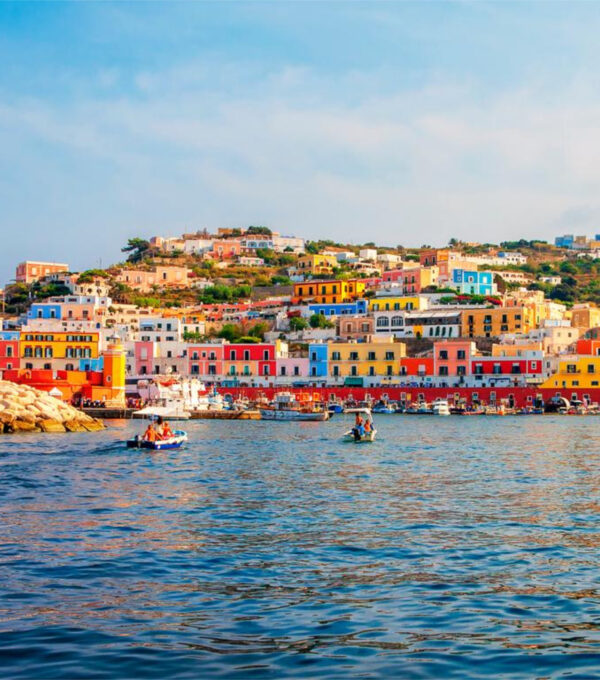I was born and raised in Piazza di Fontanella Borghese, my uncles lived in Via Margutta, so I had the privilege of living in the Rome of artists. In the 50s and 60s, walking along Via Condotti, I met many artists every day. It was all a fervor, you simply breathed your art at the Caffè Greco, perhaps next to De Chirico, as happened to me almost every afternoon.
This is how Gianfranco Forlenza, founder of Forlenza jewelry, begins to tell his story, starting in 1969 in the historic Coppedè district, which takes its name from the architect who designed it. Today they are the sons, Michele and Alessandro, who cultivate and continue the family tradition with the same passion.
The thing that struck me most in them and their achievements is the marked sensitivity towards beauty. Beauty that then becomes art. And Italy, they tell me, needs to rediscover its beauty: “We are a people full of uniqueness, made in Italy is synonymous with this uniqueness for the whole world. But the rediscovery, the re-appropration, is a work that has to start from the foundations, Gianfranco Forlenza explains to me. “But let’s start from the beginning.
How did it all start?
In the building where I grew up there was a goldsmith’s workshop, one of the most important of the time in Rome, and sometimes I stopped at the door to take a peek. But the real incentive came when a dear friend of mine introduced me to his father’s shop, also a goldsmith, because he needed an apprentice. For me it was a new world and almost unknown, but they told me that I was very talented. From there I then moved to a workshop that made jewelry for the most important shops in Via Frattina. And there I started doing the first real works for the artists of the time like Capo Grossi, Afro, Cannilla. Until when, at the end of the 60s, I created my own brand and opened my workshop, right where today stands the Via Tagliamento jewelry store.
What does it mean to be a goldsmith artisan today?
In my day, learning a trade was a natural thing, as I said before, the desire to create, to invent, to experience art. With the advent and spread of factories, the figure of the artisan unfortunately started to be lost, almost to disappear today.
And what is your advice to your children who continue this job?
To find other ways to be appreciated, because as I said made in Italy, the Italian excellence, our taste, the predisposition to art that we have inherent in our DNA is something that everyone seeks and envies outside our country. We should learn to appreciate ourselves more, and to support each other. Talents must be helped to become jobs. Living what we are passionate about is the most beautiful thing in the world.
We at Italian Traditions do this: we value our talents from Italy, by talking about them. Because there is an Italy of excellence that is not often mentioned in the news and that is almost never read in the pages of newspapers, but it is still the fertile vein of this country.




